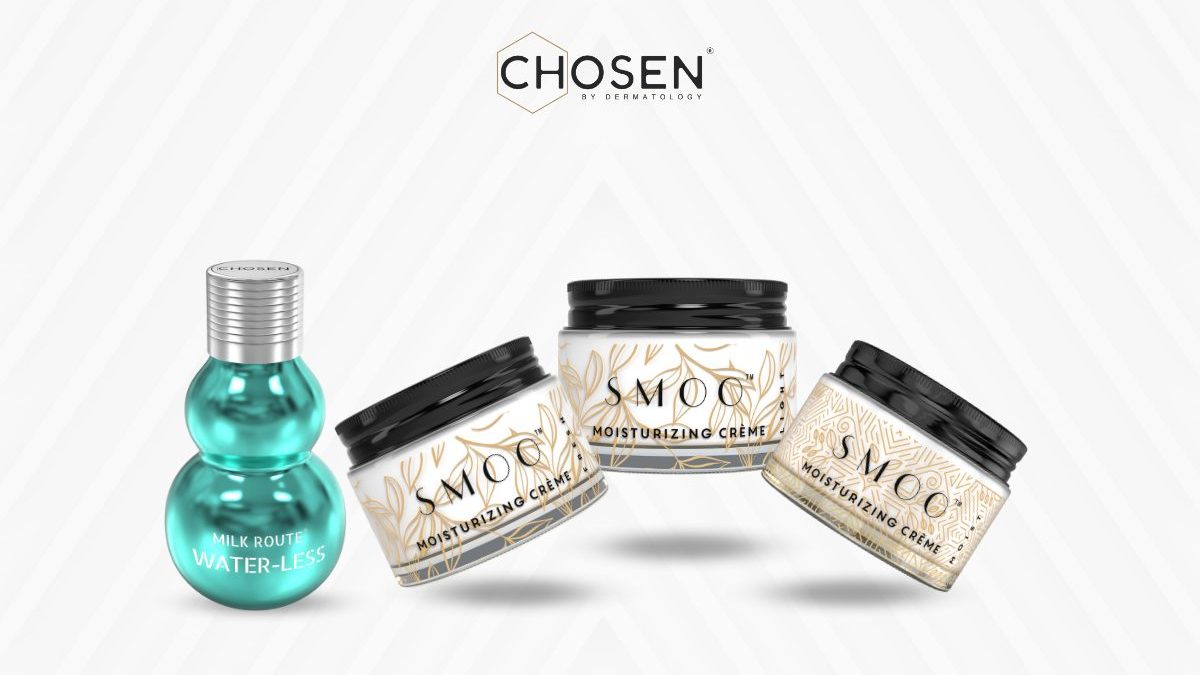Cracked heels, often called heel fissures, can be painful and unsightly. These troublesome cracks usually result from dry skin, lack of moisture, or prolonged pressure on the feet. Fortunately, a simple do-it-yourself (DIY) routine can restore your feet to soft, smooth glory. In this article, we’ll explore an effective regimen that Qyour feet will thank you for, comprising daily and weekly rituals.
Table of Contents
Daily Ritual – Soak and Moisturize:
At the end of a long day, it’s time to pamper your feet. Here’s a step-by-step guide to your daily routine:
- Soak Your Feet: Begin filling a basin with lukewarm water. Allow your tired feet to soak for approximately 15 to 20 minutes. This step helps soften the hardened skin and makes it easier to exfoliate.
- Seal in Moisture: After soaking, gently pat your feet dry with a soft towel until they are partially dry. Reach for a product like SMOO™ Body Moisturizing Crème, a foot cream packed with natural goodness, including extracts of Tucuma and Aloe. Generously apply it to your feet, massaging it to ensure deep moisturisation. Leave it on overnight for SMOO™ body moisturiser to work its magic. Imagine waking up to skin that feels soft, nourished, and deeply hydrated.
- Cover Up: Slip on anti-skid socks to lock in the moisture before bedtime. This prevents the cream from rubbing off and keeps your sheets clean.
Weekly Ritual – Peel and Moisturize:
Now that your nightly routine is established let’s discuss the weekly maintenance steps:
- Exfoliate Gently: Removing dead skin cells is crucial to preventing the formation of new cracks. However, physical scrubs or pumice stones can be too harsh. Instead, opt for a lactic acid peel like Milk Route® Water-less. Apply a thin layer and leave it on for 15 to 20 minutes. This peel will effectively exfoliate and improve the texture of your skin.
- Wash it Off: After the recommended time, wash your feet with a gentle body wash to remove the peel and any loosened dead skin. Follow up with an ultra-hydrating moisturiser, like SMOO™ Body Moisturizing Crème, to ensure your skin remains soft and well-nourished.
When to consult a Dermatologist?
While heel fissures are common and can often be managed with a routine, there are instances when it’s essential to seek professional guidance from a dermatologist. Here are some indications that it’s time to make an appointment:
- Cracks in Unusual Areas: If cracks appear in areas like the instep or arch portion of the feet or other body parts, it may signal an underlying issue requiring professional evaluation.
- Bleeding Occurs: If your cracked heels are bleeding, it’s a sign that the condition has progressed to a severe stage and needs immediate medical attention.
- No Improvement After Moisturizing: If your heel fissures remain unhealed even after consistent moisturising for a month, it’s time to consult a dermatologist to rule out any underlying conditions.
- Scaly Psoriatic Lesions: The development of scaly psoriatic lesions on the feet is a significant concern. Psoriasis is a chronic skin condition that requires specialised treatment, and a dermatologist’s expertise is essential in managing it effectively.
Healing cracked heels and achieving smooth, healthy feet is within your reach. You can achieve remarkable results by actively following this DIY routine and listening to your feet needs. Remember, healthy and moisturised feet are just a few simple steps away. With the right products and consistent care, you can put your best foot forward, free from the discomfort of heel fissures.


